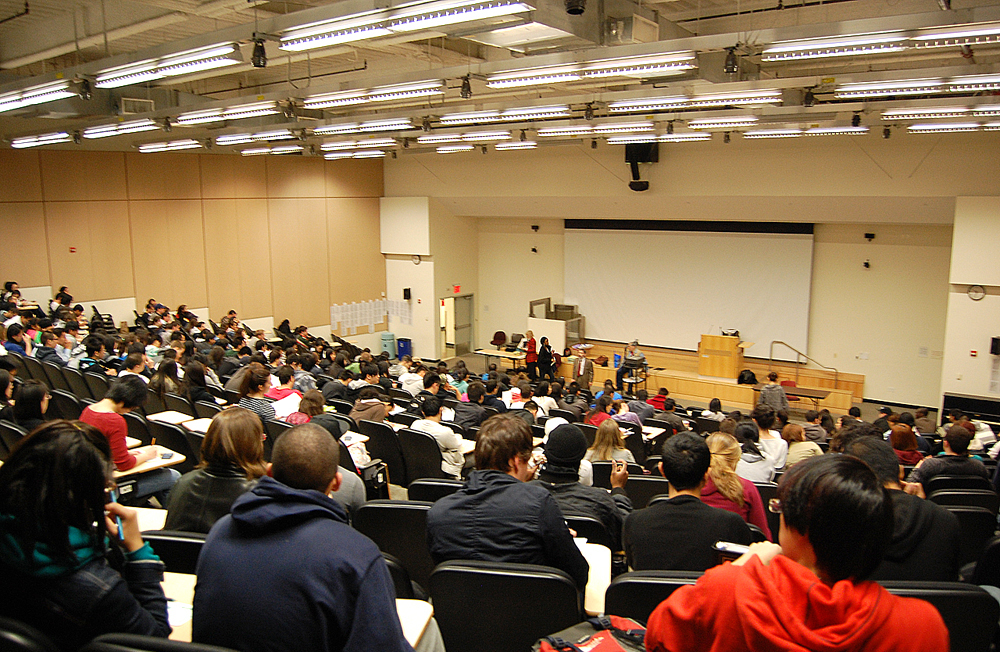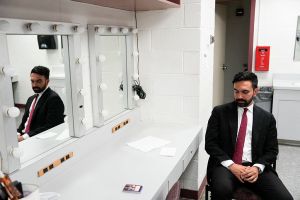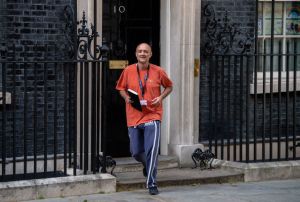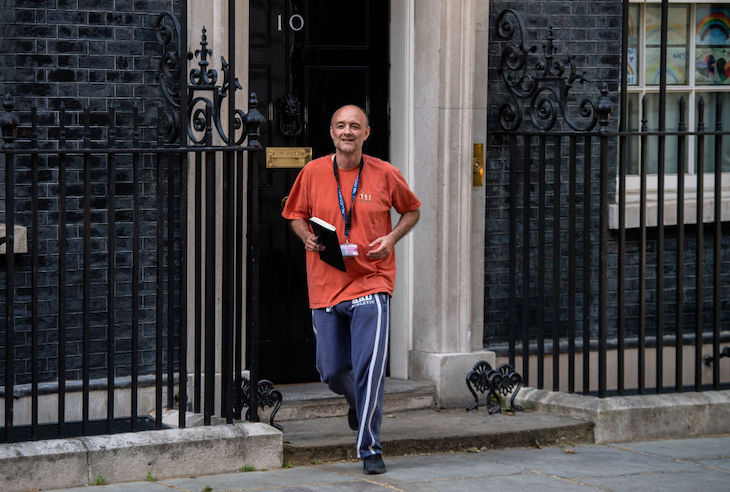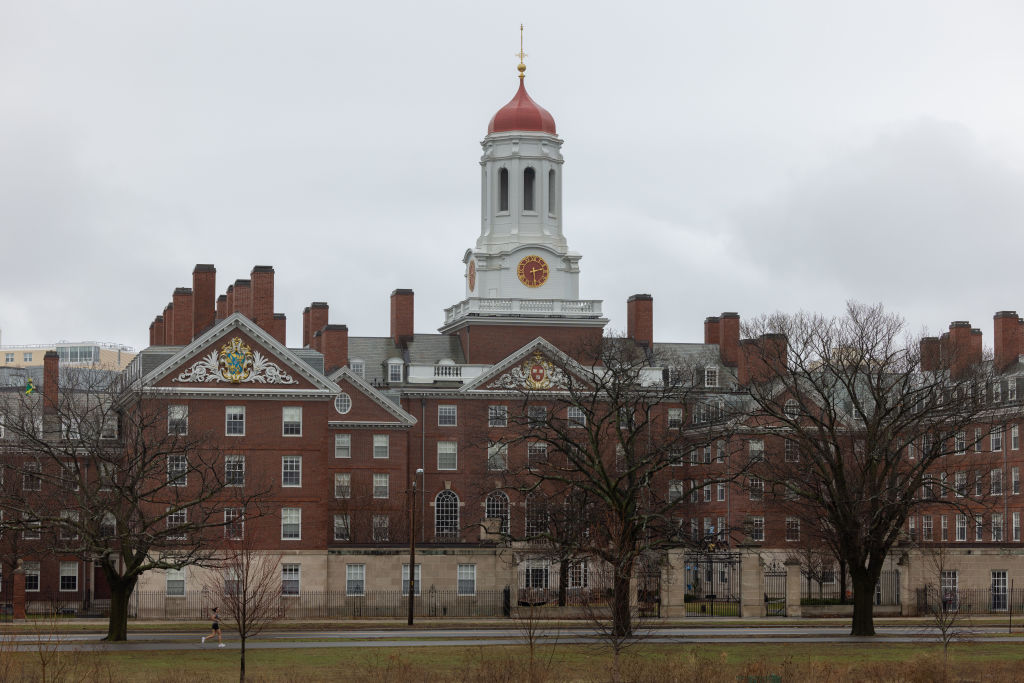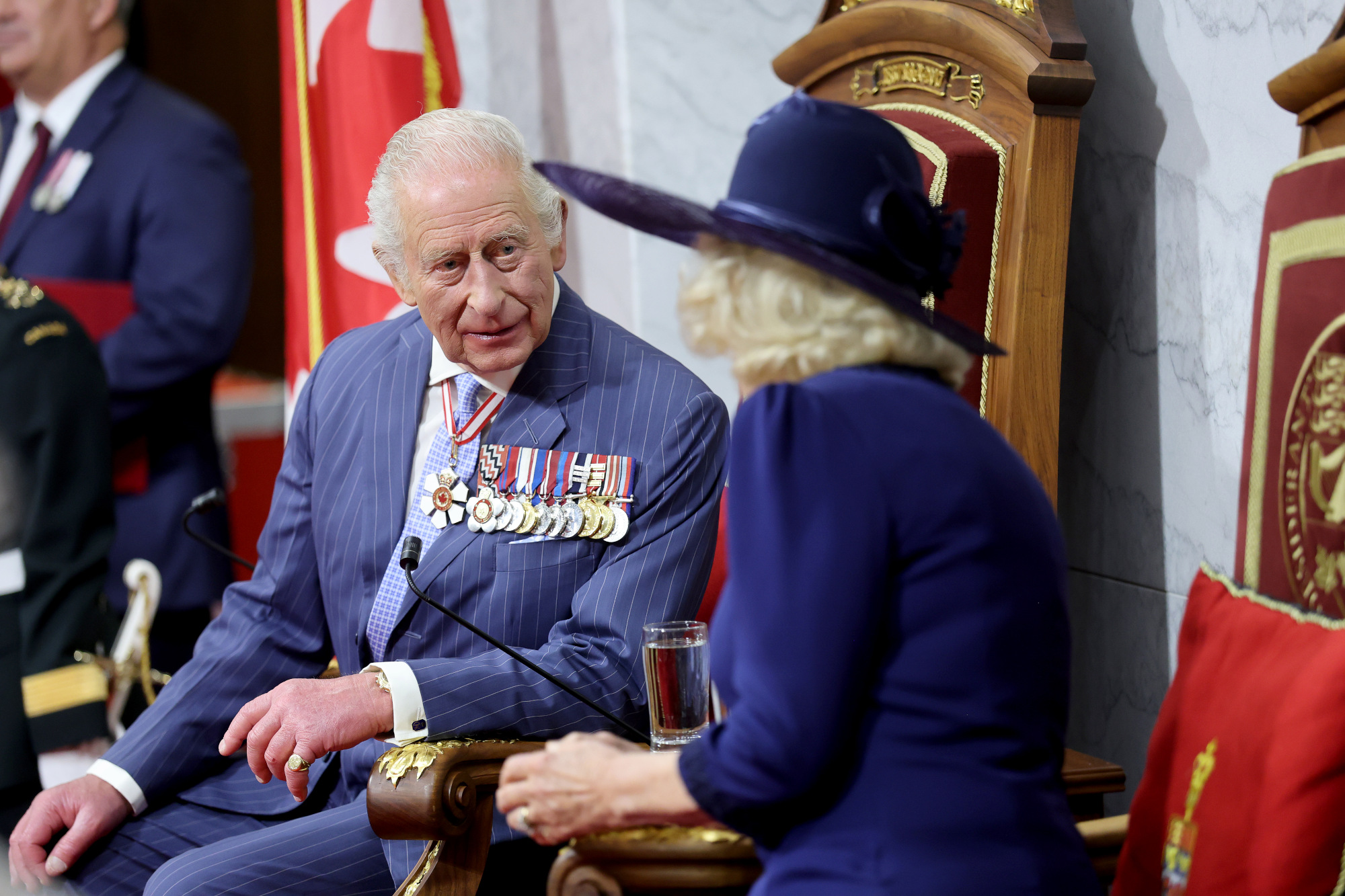Americans are beginning to seek alternatives to our established menu of colleges and universities. In fact, not just Americans. Students from other countries are also choosing alternatives to studying in the US. The combined effect has been a sharp drop in American college enrollment, which is down overall by about 8 percent over the last two years, and more than 14 percent at community colleges. International student enrollment is down a total of 15 percent, but that masks an even more serious problem: enrollment of new foreign students fell last year by 46 percent.
Some of this, of course, is due to Covid. And some of it is due to a demographic shift: fewer babies born 17 to 20 years ago means fewer young people to fill the seats in lecture halls. But other contributing factors are more mysterious. Why has there been a precipitous drop in the number of males who choose to go to college? (The male/female ratio among students is now 4:6.) Why have so many colleges declared themselves “systemically racist”? Why have colleges turned campus life into a pressure cooker of ideological conformity? Why do those who run colleges and universities think their path to success is to copy what all the other colleges and universities are doing?
The recent announcement of the formation of a new institution, the University of Austin (UATX), which intends to break with the herd mentality, was met with met with high praise in many quarters, and with extreme disdain by many supporters of the legacy institutions. Let’s stick with the disdain for the moment. Hank Reichman, professor emeritus of history at California State University and former American Association of University Professors (AAUP) vice-president, is about as close as one could get to the perfected voice of higher education’s leftist establishment. The day after UATX sent out its birth announcement, Reichman happily noted in a post titled “Welcome to Rogues’ Gallery University” that the announcement had “garnered widespread ridicule on academic social media.”
What was it that prompted the ridicule? Reichman focuses on the members of UATX’s board of advisors, and borrows the sneer of the progressive law professor Paul Campos who characterizes these advisors as “our most ludicrously self-regarding and mawkishly preening intellectuals.” The rest of Reichman’s essay is a long string of ad hominem attacks against individual UATX advisors.
The disdain didn’t stop with Reichman. It fills pages of the Chronicle of Higher Education and Inside Higher Ed, and reverberates across the AAUP’s “Academe Blog.” Those who have praised the creation of UATX, such as New York Times columnist Ross Douthat, have been subjected to public shaming as well, as when Ohio State emeritus professor of English Harvey Graff schooled Douthat for his “ideologically biased and historically ignorant opinions” in favor of the new enterprise.
I happen to be among those who think UATX is a good idea — at least one worth trying — and my organization, the National Association of Scholars, has cheered UATX’s declaration of purpose. But my interest at the moment is not to praise or defend UATX. I am rather marveling at the avidity with which the academic establishment has denounced the mere idea of a new university that breaks ranks with the current model. UATX doesn’t yet have a campus, a single faculty member, or a student. But it appears to threaten higher education as though it were a Chicxulub-sized meteor headed towards Harvard Yard.
The alarm is excellent news. For the first time in decades, the higher education establishment actually feels threatened. I should know. I preside over an organization, the National Association of Scholars, which formed in the early 1980s for the express purpose of convincing colleges and universities to pull back from the brink. It set out with the motto “For Reasoned Scholarship in a Free Society.” Most of its founders were liberal academics who recognized the rise of hard-edged radicalism among the younger faculty. They imagined — vainly as we now know — that once alerted to the dangers, colleges and universities would draw some lines. The rise of new authoritarian orthodoxies jeopardized the essential foundations of higher education: the pursuit of truth, free inquiry, disciplined critique, academic standards, disinterested scholarship, genuine intellectual authority, and cultural depth. The NAS founders valued openness to new ideas.
They worried, however, that some energetic newcomers saw openness as the opportunity to make sure their new ideas would be final. Liberal tolerance of disagreement could be put to rest in favor of the brilliant certainties of a new era.
This is by now a very old story. It caught the country’s attention in 1987 when Allan Bloom published The Closing of the American Mind. In 1990, Roger Kimball synthesized the catastrophe into a slim book titled Tenured Radicals. As I write these words, I am walled on two sides by rows of floor-to-ceiling bookcases filled with tomes written since by scholars who were not at all happy with the results of this academic revolution. Here sits The Breakdown of Higher Education. There lies The End of College. Not to be confused with Education’s End. What’s Happened to the University? cries one author. College Disrupted answers another. Some say we have Higher Expectations, but those expectations hit the brick wall of Minds Wide Shut.
A few despair and give The Case Against Education, but many others spin out a dream of redemption. They write of The University We Need; Alternative Universities; Better/Cheaper College; Learning Innovation and the Future of Higher Education.
I have read hundreds of these books. It is part of my job. A few of them flared into importance for a season. A great many of them are written in the tone of a heartbroken parent by the grave of a child. Some have the stoic urgency of a soldier headed into what he knows will be his last battle. And some are works of forced confidence, for what else is there to say?
I bring all this up because these pronouncements never disturbed the complacency of the higher ed establishment. The powers that be in faculty senates, provost offices, the presidential suites, and boardrooms took it in stride that nothing would really change. The last time there was a genuine uproar was all the way back in 1987 when Allan Bloom had the bad manners to point out that higher education had “failed democracy” and was “impoverishing the souls of today’s students.” Those post-democratic, soul-impoverished students have now grown up and some are now themselves professors and college presidents. And they haven’t the faintest idea what all the fuss over “liberal education” is about.
They are, after all, both the custodians of liberal education and its stoutest defenders. Liberal education is about teaching anti-racism, and the fight against climate change, and the need to protect the transgendered, and the importance of vaccinations and masks, and the urgency of stopping violence against women, and the compelling case for open borders, and the acute need to protect the vulnerable from hate speech, and the burning need for global outreach, and gender equity, and did I say anti-racism? Yes, anti-racism above all.
These are complicated goals that require a great many expensive interventions, and thus a lot of money and professional staff. Moreover, achieving these goals requires defeating the forces of hatred, bias, and ignorance that surround the college campus like an ever-threatening Trumpian “fine folks” mob, or like a cloud of heat-trapping, fossil fuel-spewing carbon dioxide smog, or like a cordon of unvaxxed superspreaders.
Well, I exaggerate. Not every college president senses such peril. The peril that is more immediately on the minds of many is declining enrollment. American higher education for the most part is tuition-driven, and a substantial part of the tuition derives from students who are willing to borrow substantial sums from the federal government to pay the bills.
My colleagues and I at the NAS have been paying close attention to this. In a report titled “Priced Out: What College Costs America,” we looked at the link between student debt and what might be called “woke work.” In the early days of the pandemic, we published our own prescription for hard-hit higher ed, titled Critical Care, urging that the billions of dollars colleges and universities were demanding as bailouts be conditioned on serious reform.
To be sure, there was no reform at all, but many colleges and universities still find themselves in a precarious situation, or as we say in today’s parlance, in a state of “precarity.” And in their precarity, they are alarmed — yes, very alarmed — that someone has come along and proposed a new university that will have none of the hostages to the expensive, dysfunctional habits of the legacy institutions, and that proposes to compete for faculty and students by laying out a coherent curriculum and abiding by the old ideas of intellectual freedom.
The University of Austin is a long way from opening its doors, and it has to raise a lot of money to get there. But it is a serious proposal backed by serious people. And the very idea sends shivers down the spines of those whose lives are dedicated to “liberal education” as we know it.



